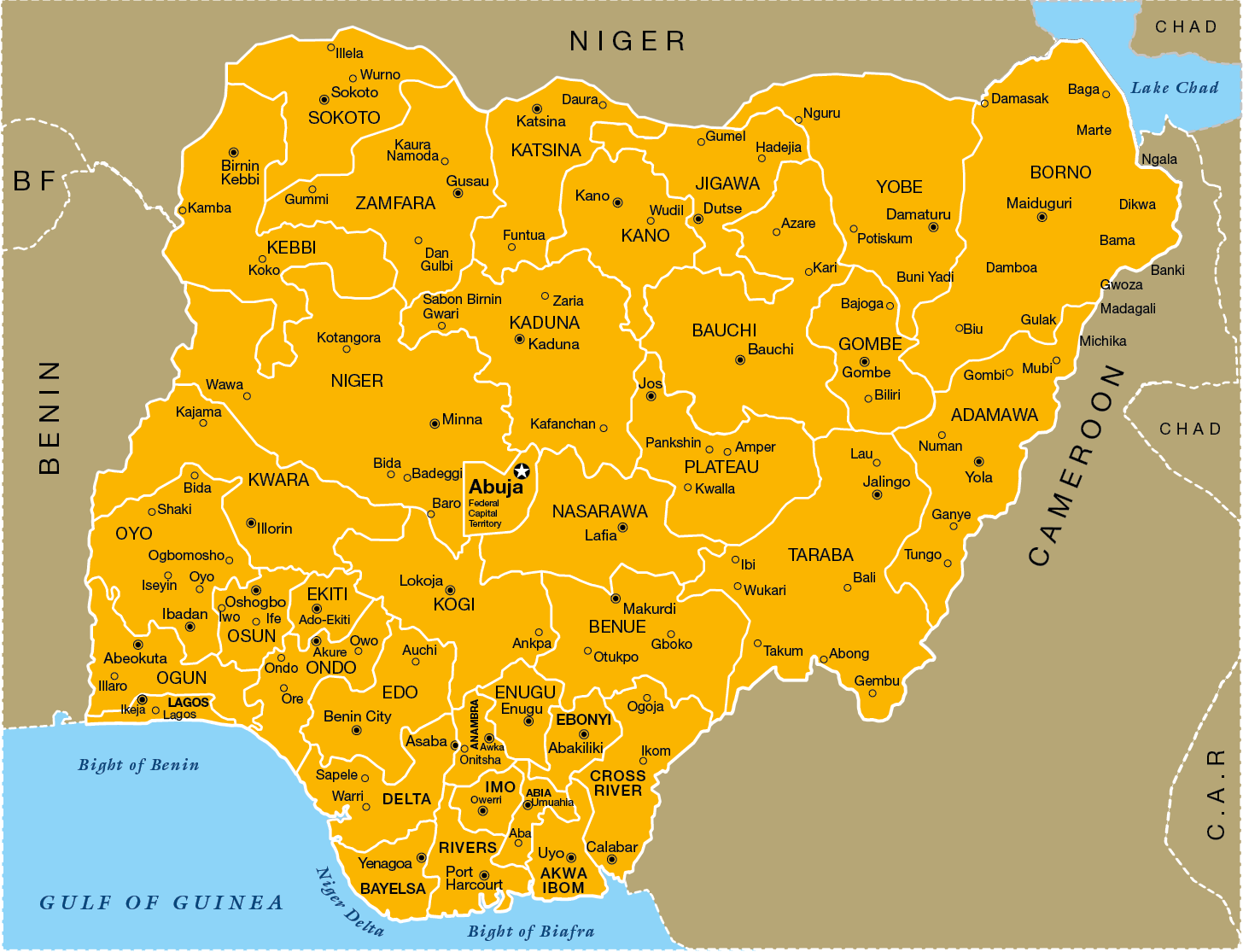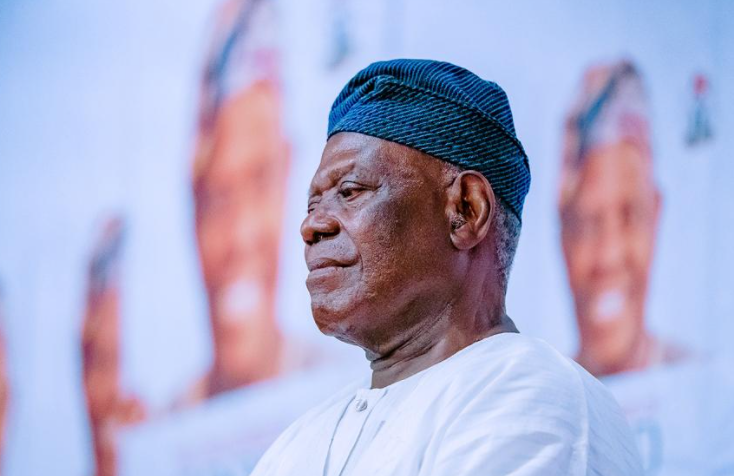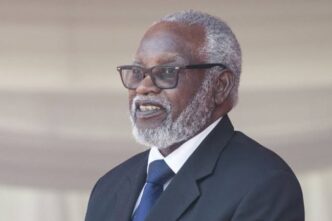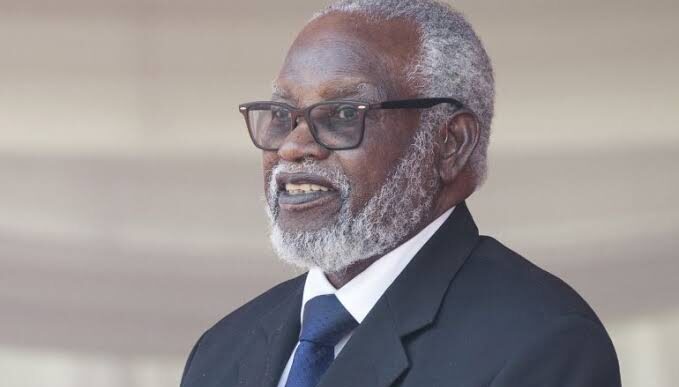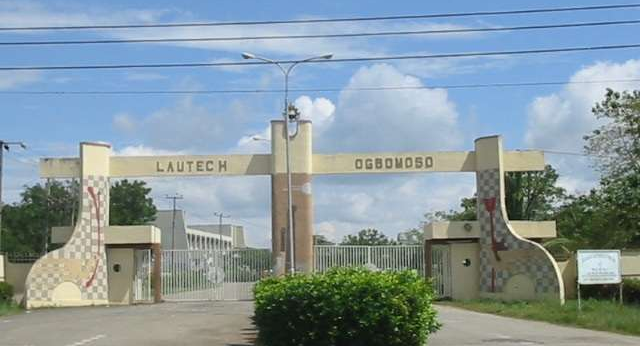Photograph: Ellen Smith/The Guardian
It seems the notion that always holds customers superior to other agencies in the chain of value creation and consumption was based on the reasoning that if there was no effective demand as suggested by Adam Smith (1776), an enterprise’s reason for being would suffer irrecoverably. I think it is time we revisited the philosophy that prioritises the centrality of the customer and the employee without dismissing the Smithian notion that economies flourish with “competition, capitalism and free market”. The main strands of economic science itself seem to rest on the foundational works erected on a tripod – the treatise of Smith, the radical insights by Karl Marx, and the welfarism of John Maynard Keynes. However, the place of labour remains a recurring theme in all the works.
David Ricardo, a notable economist of the Smithian tradition, had reasoned in the Labour Theory of Value that the value of a commodity is proportional to the labour that went into its production That submission confers some relevance and importance on man as a central resource of production. The philosophy of paradox of value, though attributed to Smith, could be noticed in earlier philosophical works of Socrates, Galileo, and so on.
Otherwise called the Diamond-Water Paradox, the paradox of value questions why necessities are often cheap and luxury goods that are not as frequently useful are expensive. As Smith noted in The Wealth of Nations (1776), “things which have the greatest value in use have frequently little or no value in exchange; and, on the contrary, those which have the greatest value in exchange have frequently little or no value in use. Nothing is more useful than water…A diamond, on the contrary, has scarce any value in use; but a very great quantity of other goods may frequently be had in exchange for it.” In other words, “the total utilities yielded by commodities do not necessarily have a relationship to their prices.” Let me increase the intensity of Smith’s ideation. We see water in abundance, it is not just useful but essential for survival, but it costs far less than diamond which is so highly priced in the market – a clear contradiction between value in use and value in exchange.
In a generic sense, if we bring the analysis to the matter of customers and employees, the situation presents more than a contradiction, perhaps an ‘inescapable dilemma’ too, to use the words of Prof. Tim Jackson as etched in his consequential book, PROSPERITY WITHOUT GROWTH. In the same manner, water has inestimable value, and diamonds also have values. In the case of employee and customer, the former largely creates the value which the latter seeks to satisfy his needs and wants, though the customers also create the basis for the employees to exist.
Advertisement
Therefore, we need to recognise the value both the employees and customers bring to the production and service chain. We should not be dismissive of either the creator of value or the buyer of value so created. However, I advance a thesis that despite the global employment and inflation crises, the organisation that will discharge the proof of agility is one that continually respects its employees without taking the external customers for granted.
Indeed, the belief that employees are the first and most important customers of an organisation is as reasoned as the popular saying that the customer is king. However, like many aphorisms, these are situational, contextual statements that are not always true.
Ostensibly, the notion of the “customer as the king’’ was reinforced by the following statement attributed to Mahatma Gandhi: “A customer is the most important visitor on our premises. He is not dependent on us. We are dependent on him. He is not an interruption in our work. He is the purpose of it. He is not an outsider in our business. He is a part of it. We are not doing him a favour by serving him. He is doing us a favour by giving us an opportunity to do so.”
Advertisement
What do we make of the Gandhian doctrine in the age of VUCA? The volatile, uncertain, complex, and ambiguous realities of contemporary business climate. How do customers and employees behave in an era of BANI with the frightening imperative to rise to the challenge posed by – the Brittle (fragile nature of relational forces), Anxious, Non-linear and the often Incomprehensible nature of modern commerce?
It suffices to say that contemporary society requires business operations to demonstrate agility, innovation, creativity and re-engineering that match the pattern, tempo and sophistication of the increasing disruption prompted largely by emergent technologies propelled more by the spirit of capitalism rather than by altruism.
The agility and innovativeness that shape the production and service processes aimed at satisfying the customer are resident in the domain of the human agency within organisations, not in machines. Machines, including artificial intelligence, are ‘useless’ without the organic input and creative harvest of technology by man. So, while recognizing the duality of agencies (human and technologies) that have propelled civilisations, it will be fatal to forget that man is the most important resource of production. It is he who creates or co-creates and implements decisions targeted at satisfying customers and stakeholders.
So, despite the deficiencies in Ricardo’s Labour Theory of Value, Ricardian economists, as well as Smithians (in the context of their tripodal template drivers of the economy) recognise the centrality of man (human resources) – despite modern disruptions – as a weighty “socially necessary labour” required to produce value. Although Marx challenged the notion and proceeded to use this as a launchpad for his historical critique of the exploitative native of capitalism, accusing capitalists of “exploiting workers by appropriating the surplus value created through labour.”
Advertisement
In a submission to the International School of Management Excellence, S.S. Prasad, while interrogating whether customers are always king, contends that the concept has apparently got a fillip from its contemporary application by vendors of Customer Relationship Management (CRM) tools rather than deriving from business evolution. He cited Walt Disney’s attempt to use CRM technology to introduce business segmentation around customers, but the initiative failed. Amplifying the voice of Patty Seybold, a market researcher, Prassad reported that most CRM business processes tended to reinforce “the agenda of corporations, not the customer”. Relying on the reasoning of Sheryl Kingstone, another analyst, Prassad stated that if customers were kings, values would always be created around customers. In any case, we know that this is not always so, especially in capitalist systems, because capitalism can be deceptive and evil.
As Andy Goreing of Oracle Corp stated, customers never got “increased level of service but the appropriate level of service”. Interestingly, while the CRM benchmarks are set by management, it is the employees who deliver the services. The reason employees must be treated well, goodly and nicely. It would explain why Denis Pombriant of Aberdeen Group concluded that, to say customer is king “is an industry doublespeak – but a double with a caveat.” Therefore, from Smith to Ricardo, Marx to Mayo, we can extrapolate that the user of the commodity cannot be prioritised over and above the agency that fundamentally creates the value which a commodity offers. Certainly, not always.
Elton Mayo, the inimitable organisational theorist whose influence was so large in the transformational study at the Hawthorne Electric Company in Chicago in the late 1920s to early 1930s, a study whose outcome dealt a fatal blow to Frederick Taylor’s Scientific Theory of Management. Mayo and behavioural management theorists underscored the place of respect for the dignity of labour through human relational metrics over any other factor. To prove that workers are the real kings, Mayo reasoned that relations between employers and employees must be humanized rather than mechanistic.
Taylor had submitted that productivity and efficiency can be achieved through work optimization. He did not see the significance of human relations elements in the production process beyond collaboration. But Mayo, known as the father of human relations management, emphasised the need for employers to treat employees with the most scrupulous conscientiousness of honour and respect. As the Hawthorne experiment revealed, “monetary incentives and good working conditions are less important to the individual than the need to belong to a group”.
Advertisement
I came across Mayo’s consequential work 33 years ago through an undergraduate course I subscribed to, The Sociology of Organisations. The behavioural school of management drew substantial strength from the work of Mayo and others of his orientation. The C-Suite executives need to understand that there are informal and unofficial groups that workers belong to within organisations, and those groups have profound influence on employees’ attitude. Beneath the formal settings and processes of organisations are ‘hidden’ nodes of networks that workers leverage to exert influence on management. That was precisely what happened at the Hawthorne Electric Company in Chicago about 100 years ago.
Perhaps Richard Branson, the globally recognised entrepreneur of the Virgin Group fame, underscored the superiority and importance of the worker when he reasoned that, “Clients do not come first. Employees come first. If you take care of your employees, they will take care of the clients.” Indeed, from stakeholders’ relations perspective, the first customer of any organisation is the employee(s). So, undeniably, the external customer may be king most of the time, but it is the internal customer (the employee), that constitutes the kingmaker through continuous, innovative and agile value creation that keeps every other customer loyal to the brand.
Advertisement
Views expressed by contributors are strictly personal and not of TheCable.
Add a comment



